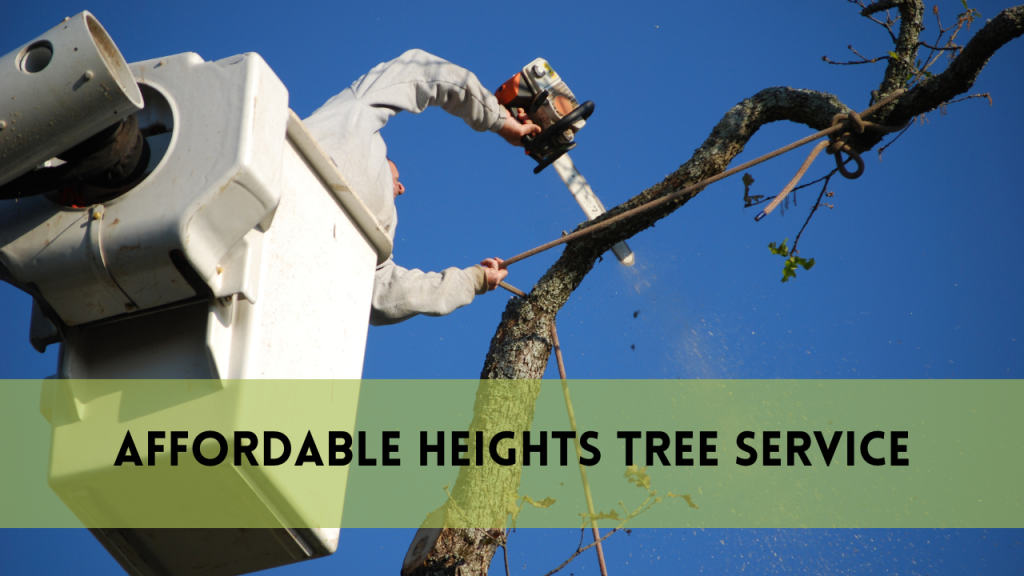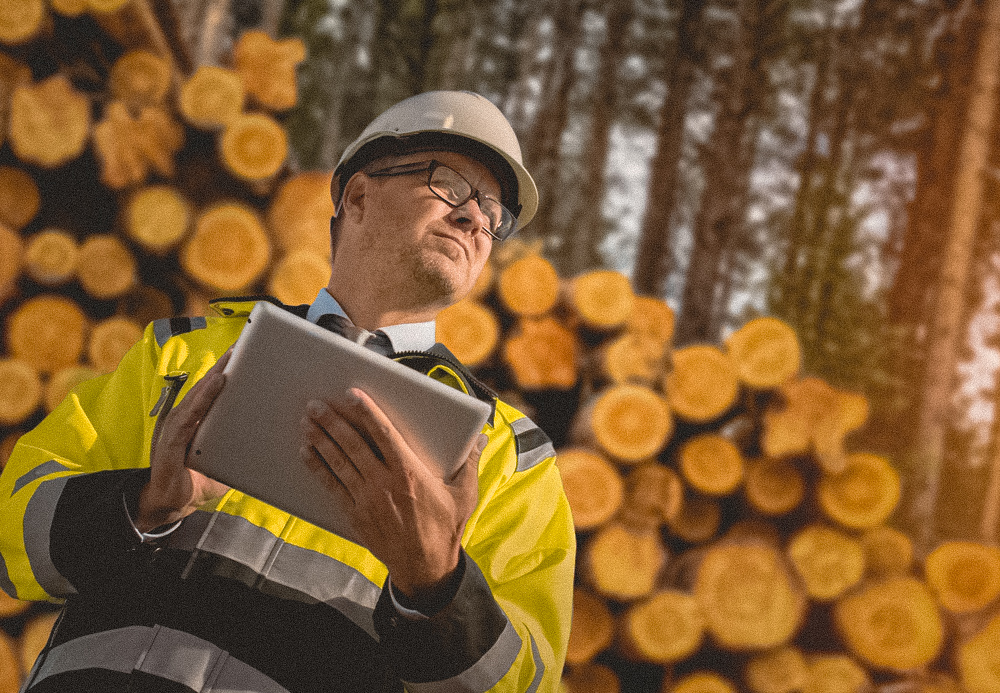Remove Squirrel Nest from Tree
Squirrels, those agile and often entertaining creatures, are a common sight in many neighborhoods and natural settings. These furry acrobats are known for their tree-dwelling habits and, as a result, often build nests high in the branches of trees. As a homeowner or someone who enjoys spending time in the great outdoors, you may have encountered a squirrel nest in a tree on your property or during a hike in the woods. In the following sections, we’ll delve into the pros and cons of removing a squirrel nest, signs that indicate when removal might be necessary, responsible removal methods, and alternatives to consider. So, should I remove squirrel nest from tree? Let’s explore the factors that can help you decide.
Remove Squirrel Nest from Tree Season
Timing of Squirrel Nest Building
Squirrels are known for their seasonal nesting habits, and understanding when they typically build nests is crucial in determining whether removal is necessary. In most regions, squirrels build their nests during specific times of the year.
- Spring Nests: Spring is a prime nesting season for squirrels. As the weather begins to warm and food becomes more abundant, female squirrels (sows) start seeking suitable locations to build their nests, especially if they are pregnant.
- Fall Nests: In some cases, squirrels may also build nests in the fall. These nests, often referred to as “dreys,” serve as cozy winter retreats. They are typically constructed in preparation for the colder months when squirrels need a warm and sheltered place to rest.
Purpose of Squirrel Nests
Squirrel nests, whether built in the spring or fall, serve essential functions for these small mammals:
- Breeding and Raising Young: Spring nests are primarily constructed for breeding and raising squirrel kittens, known as kits or pups. Sows select secure locations in trees, utilizing leaves, twigs, and other natural materials to create a cozy nest where they can give birth and nurture their offspring.
- Shelter from Predators and Weather: Nests built in the fall serve as protection from predators and harsh weather conditions. These nests provide a safe and insulated space where squirrels can hunker down during winter storms or extreme cold.
Different Types of Squirrel Nests
Squirrels are resourceful builders, and they create different types of nests depending on the purpose and location. The three main types of squirrel nests are:
- Tree Hollow Nests: In natural settings, squirrels often occupy tree hollows as nests. These hollows are pre-existing cavities in trees, which squirrels adapt to their needs by lining them with leaves and other materials.
- Leaf Nests (Dreys): Leaf nests, also known as dreys, are the classic spherical nests made of twigs, leaves, and grass. They are typically seen high in tree branches, providing both shelter and camouflage.
- Ground Nests: Although less common, squirrels may build ground nests, especially when no suitable tree locations are available. Ground nests are typically found in dense vegetation or under tree roots.
The Pros and Cons of Removing a Squirrel Nest
When faced with the presence of a squirrel nest in a tree on your property, it’s important to carefully consider the pros and cons of removing it. Your decision should take into account various factors, including the potential benefits and drawbacks associated with nest removal.
Pros of Remove Squirrel Nest from Tree
Preventing Potential Damage to Your Property
Protecting Structures: Squirrel nests can sometimes be located in inconvenient or risky places, such as near electrical wires or in attics. Removing a nest in such locations can prevent potential damage to your property, reducing the risk of electrical fires or structural issues.
Avoiding Nesting-Related Issues: Squirrels may chew through insulation, wiring, or other materials when building or maintaining their nests. By removing a nest in or around your home, you can mitigate the risk of costly repairs.
Reducing the Risk of Squirrel-Related Issues
Health Concerns: Squirrels can carry diseases, and their nesting sites may harbor parasites. Removing nests near your home can reduce the risk of exposure to potential health hazards.
Unwanted Visitors: An active squirrel nest can attract other pests like insects or rodents. Removing the nest may discourage these unwanted visitors.
Cons of Remove Squirrel Nest from Tree
Ethical Considerations
Wildlife Conservation: Squirrels are an essential part of the ecosystem, contributing to seed dispersal and helping to control insect populations. Removing their nests can disrupt their natural behavior and may impact local wildlife populations.
Moral Responsibility: Many people believe in coexisting with wildlife and adhering to ethical principles that prioritize the welfare of animals. Removing a nest, especially during the breeding season, can be seen as unethical by some.
Should I Remove Squirrel Nest from Tree?
Protected Species: Depending on your location, some squirrel species may be protected by law. It’s important to research and adhere to local wildlife regulations before attempting nest removal.
Seasonal Restrictions: Some regions have specific guidelines regarding the removal of nests during the breeding season to protect young squirrels. Violating these regulations can lead to legal consequences.
Impact on Local Wildlife
Ecological Balance: Squirrels play a role in maintaining the balance of local ecosystems. Removing nests indiscriminately may disrupt this balance and have unforeseen consequences.
Predator Attraction: Removing nests can attract natural predators to the area, potentially creating new challenges for both wildlife and property owners.
Signs Indicating a Squirrel Nest Should Be Removed
Determining whether a squirrel nest should be removed from a tree requires careful observation and consideration of various factors. Here are some signs that may indicate it’s necessary to consider removal:
Signs of an Abandoned Nest
No Squirrel Activity: If you consistently observe no squirrel activity around the nest for an extended period, it may indicate that the nest has been abandoned. Squirrels usually relocate to new nests after a while, leaving their old nests vacant.
Deterioration: Over time, squirrel nests can deteriorate due to weather conditions and wear and tear. An abandoned, decaying nest may become unsightly or structurally unsound, prompting consideration for removal.
Signs of an Active Nest Requiring Removal
Squirrel Aggression: In some cases, squirrels may become aggressive or territorial, especially if they feel threatened by human or pet presence near their nest. If a squirrel exhibits unusually aggressive behavior, removal might be necessary for safety reasons.
Health Concerns: If you suspect that a squirrel nesting site poses health risks due to the accumulation of waste, parasites, or other contaminants, it’s advisable to address the issue promptly to protect your health and safety.
Inaccessible Location: If a squirrel has built a nest in a location that poses a risk to your property or well-being (e.g., inside your attic, chimney, or ventilation system), removal might be necessary to prevent damage and ensure safety.
Breeding Season Restrictions: In regions with strict wildlife protection laws and guidelines, if it’s determined that the squirrel nest contains abandoned or orphaned young squirrels and poses a genuine threat, you may need to contact a wildlife rehabilitation professional or agency for advice on responsible removal.
Responsible Squirrel Nest Removal
If you’ve assessed the situation and determined that the removal of a squirrel nest is necessary due to safety concerns or other valid reasons, it’s crucial to proceed responsibly and ethically.
Here are steps to guide you in the responsible removal of a squirrel nest:
Consult with Wildlife Professionals
Before taking any action, consider reaching out to local wildlife experts or organizations. They can provide guidance on the best course of action and ensure you are complying with relevant wildlife protection laws and regulations. In some cases, they may be able to assist with the relocation of squirrels if necessary.
Timing is Key
If removal is deemed necessary, try to time it carefully to minimize harm to the squirrels. Avoid removing nests during the breeding season whenever possible, as this can disrupt squirrel families and potentially harm young squirrels.
Safety Precautions
When removing a squirrel nest, take safety precautions to protect yourself and the squirrels:
Protective Gear: Wear gloves and eye protection to minimize the risk of contact with parasites or other contaminants.
Use Caution: Approach the nest site cautiously, as squirrels may be defensive. Do not attempt to touch or handle squirrels if you are not experienced in wildlife handling.
Keep Pets Away: Ensure that pets are kept at a safe distance to avoid conflicts with squirrels or the spread of disease.
Relocation (if possible)
If you must remove a squirrel nest, consider relocating it rather than destroying it. Place the nest in a nearby tree or elevated location, ensuring it is secure and hidden from predators. This gives the squirrels a chance to adapt to their new surroundings and continue their natural behaviors.
Preventive Measures
To reduce the likelihood of future squirrel nest issues on your property:
Secure Entry Points: Seal any entry points to your home, attic, or other structures to prevent squirrels from gaining access.
Trim Trees and Branches: Trim tree branches that are close to your home, reducing the likelihood of squirrels using them to access your property.
Use Deterrents: Consider using squirrel deterrents, such as motion-activated lights or ultrasonic devices, to discourage squirrels from nesting in undesirable locations.
Monitor the Situation
After removal or relocation, monitor the area to ensure that squirrels do not return to build new nests. If they persist, consider consulting with wildlife professionals for long-term solutions.
Remember that responsible removal should always prioritize the welfare of both humans and wildlife. Whenever possible, seek alternative solutions that allow squirrels to coexist peacefully with minimal disruption to their natural behaviors.
Related Posts:
Alternatives to Squirrel Nest Removal
Before resorting to squirrel nest removal, it’s worth exploring alternatives that allow you to coexist with these wildlife neighbors while mitigating potential issues. Here are some alternatives to consider:
Modify the Environment
Squirrel-Proof Your Property: Implement measures to make your property less appealing to squirrels. This may include using squirrel-proof bird feeders, securing garbage bins, and sealing potential entry points to your home.
Tree Pruning: Trim branches that overhang your house or structures to prevent squirrels from easily accessing them.
Use Deterrents: Consider using squirrel deterrents, such as motion-activated sprinklers or ultrasonic devices, to discourage squirrels from nesting or foraging in specific areas.
Provide Nesting Boxes
You can provide alternative nesting opportunities for squirrels by installing squirrel nesting boxes in your yard or on your property. These boxes mimic the natural shelter that tree nests provide and can help divert squirrel nesting activity away from less desirable locations.
Seek Professional Help
If squirrels have become a persistent problem, it may be best to consult with wildlife professionals or pest control experts. They can provide guidance on long-term solutions, such as humane trapping and relocation, if necessary.
Coexist Peacefully
Consider embracing the presence of squirrels as part of your local ecosystem. Squirrels play vital roles in seed dispersal and insect control. Observing them in your garden or yard can be an enjoyable and educational experience.
By implementing these alternatives, you can often find ways to manage squirrel-related issues without resorting to nest removal. It’s important to remember that squirrels are a natural part of many environments and that promoting coexistence can benefit both humans and wildlife.
Conclusion
In your journey to decide whether to remove squirrel nest from tree on your property, you’ve delved into various aspects of coexisting with these agile and charming creatures. Squirrel nests, also known as dreys, are a testament to nature’s ingenuity and the important role squirrels play in our ecosystems. In the end, the presence of a squirrel nest in a tree on your property can be an opportunity to appreciate and engage with the wonders of nature. Whether you choose to preserve the nest, relocate it responsibly, or explore alternative solutions, your actions can contribute to the well-being of your local wildlife and the enrichment of your own outdoor experiences.



